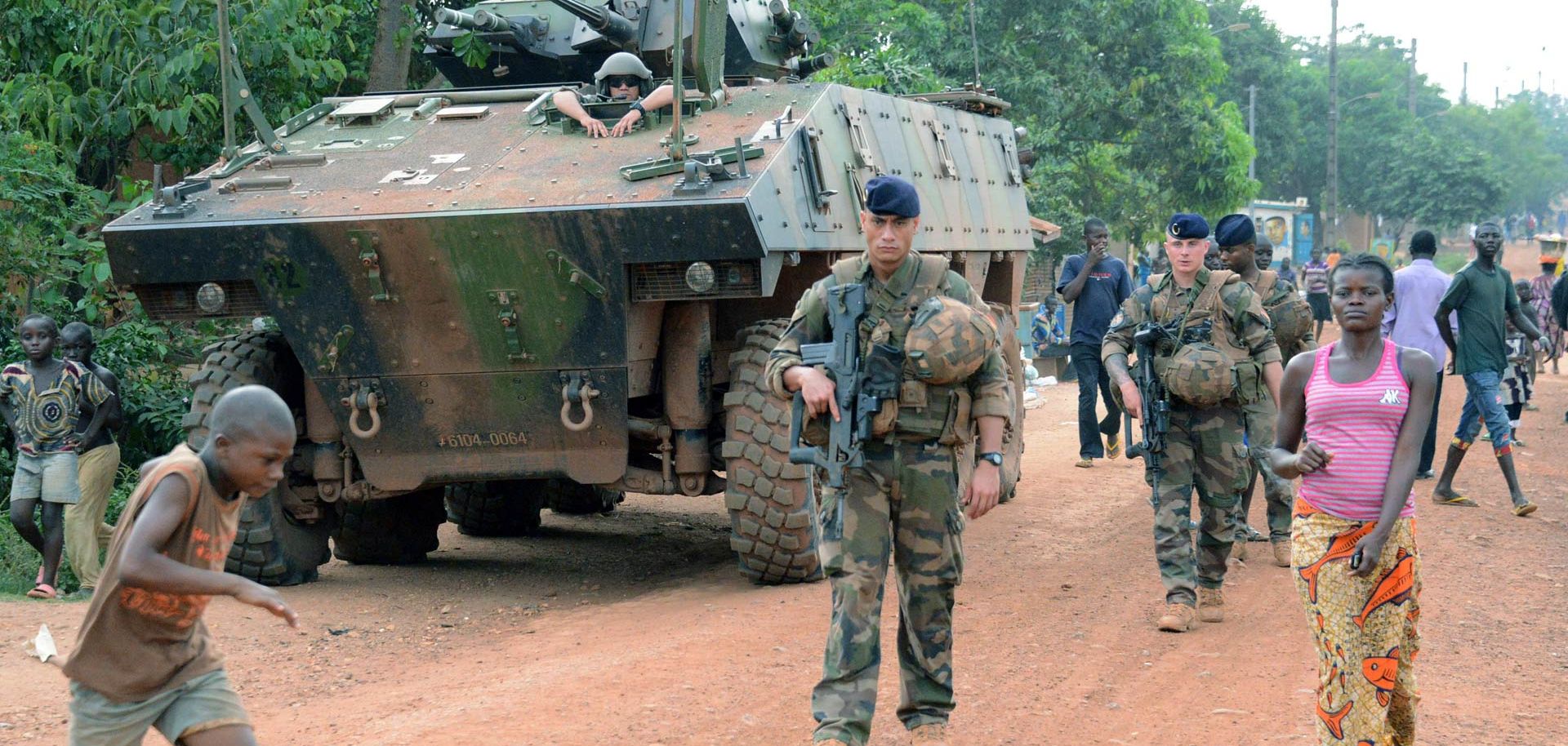ASSESSMENTS
What Drives the Violence in the Central African Republic
Jul 26, 2016 | 09:00 GMT

(PACOME PABANDJI/AFP/Getty Images)
Summary
Even with a freely elected government in place, the Central African Republic has its share of troubles. The French forces that have helped stabilize the war-torn region are steadily departing despite a growing number of attacks. French President Francois Hollande confirmed July 13 that the surge of French troops sent to intervene in 2013 will complete its withdrawal by October 2016. The assertion comes amid reports of renewed violence in the former French colony. Murders, kidnappings and looting in Bangui, the country's capital, have become more frequent. Reports indicate that since early June, more than 6,000 people have fled for Cameroon to the east and Chad to the north. The new wave of refugees has strained already stretched humanitarian budgets, according to the Office of the United Nations High Commissioner for Refugees, which said it has received only 11 percent of the funds it needs to manage the situation.
In previous years, the atmosphere in the country was tense and at times violent under the transitional government of former acting President Catherine Samba-Panza. But the uptick in attacks since democratically elected President Faustin Archange Touadera took office in March has been notable, prompting the question: What is driving it?
Subscribe Now
SubscribeAlready have an account?
